So, you’re not a SCUBA diver or a snorkeler.
Jacques Cousteau wasn’t your hero growing up, and you don’t find yourself wishing you could live Ariel’s life (pre- becoming a human).
“Breathing underwater” isn’t the superpower you’d most want to have.
Maybe you're landlocked or far from the coast, so you haven’t had opportunities to experience the ocean. Maybe the ocean even scares you a little bit (a perfectly natural, life-preserving response for terrestrial animals, like humans), or, you just don’t like getting all that salt and sand in your hair - too messy.
That being said, coral reefs just aren’t top of mind for you. Maybe you think they don’t impact you at all. But what if I told you that even without going in the ocean, even far away from the coast, even without ever seeing or experiencing them or even realizing they exist, coral reefs are positively impacting your life every single day?
Don’t believe me yet? Keep reading.
1
Do you like Finding Nemo? The Little Mermaid? They exist (in our imaginations) because of coral reefs.
By building large, complex, robust colonies, corals literally cement themselves in their environment as not just animals, but as ecosystem engineers. When many corals grow together, they form reefs. Technically speaking, a reef is a rigid framework made up of the skeletons of living or once-living organisms that produce topographic relief, or structure. This structure provides habitat - one of the primary needs of all living things. Even though coral reefs take up less than 1% of all the ocean floor, they support over a quarter of all marine species, making them biodiversity hotspots. In fact, coral reefs are often referred to as the “rainforest of the sea” because of the sheer number of species that call them home. Many marine animals rely on coral reefs to find food, to provide habitat and shelter, and to serve as breeding grounds or nurseries. From pelagic fish like mahi and tuna to small benthic organisms like lobsters and octopuses, countless marine species rely on coral reefs at some point in their lives. This includes numerous commercially and culturally important species that we catch, sell, and eat. So, without coral reefs, we wouldn’t have the incredibly imaginative stories we grew up with.
2
If you eat seafood, thank coral reefs!
Given the sheer number of marine animals that coral reefs support, it is no surprise that numerous species humans care about are among them. Many of the commercially important species that humans rely on for seafood – lobsters, conch, snapper, mackerel, grouper, and more – spend much of their lives on coral reefs, and would not survive without these ecosystems. Small island nations, which have minimal space for agriculture, rely heavily on resources from the reefs around them for subsistence (Kittinger et al., 2015).
In addition to being important sources of protein and food security, coral reefs support fisheries that are crucial for human economies and livelihoods. NOAA Fisheries estimates that the annual commercial and recreational value of U.S. fisheries from coral reefs is $100 million each, and a study by Cesar et al. (2003) estimated the potential benefits to worldwide fisheries from coral reefs at over $5 billion annually. So, whether you like to fish, eat fish, or both, coral reefs are helping you out.
3
Do you want to be healthy and treat diseases should they arise? Corals can help!
Coral reefs are a major reservoir of resources used for marine biotechnology. As far back as the 14th century, coral reef organisms have been used in traditional medicines in Asia. Today, coral reef organisms are important sources of substances being developed into medicines to treat cancer, arthritis, heart disease, and more (Cooper et al., 2014). Extracts from a species of sponge found on Caribbean reefs are key ingredients in antiviral drugs Ara-A and AZT, as well as the anticancer agent Ara-C (Bruckner 2002). A compound isolated from Sinularia querciformis, a soft coral found on Indo-Pacific reefs, was found to suppress inflammation and bone destruction and is being investigated as a potential treatment for rheumatoid arthritis in humans (Lin et al., 2013).
Why are these ecosystems such productive sources for medical breakthroughs? Corals, as well as many other organisms that live on reefs, are subject to high frequencies of interactions with other species, many of which can be antagonistic. As such, reef organisms generate and utilize a vast array of offensive and defensive bioactive compounds to deter predators, compete with other species, and combat diseases (Colin 1998; Adey 2000). It turns out that many of these substances have pharmaceutical value, and only a fraction of them have been discovered. Given the immense biodiversity of coral reef organisms and the abundance of chemical compounds they create, there is tremendous potential for many more drugs and biotechnologies to be developed through additional research. However, the ability to develop these lifesaving techniques will depend on (1) whether we can preserve and restore coral reefs, in the context of severe ecosystem degradation, and (2) if we can prevent overexploitation of these critical resources and manage them sustainably (Bruckner 2002).
4
Ever visit a tropical coastal destination? Coral reefs help protect our shores.
One of the primary ways corals benefit humans is by helping to protect coastal communities from the damage caused by waves. Over the past century, we’ve invested billions of dollars into developing coastal properties. Who doesn’t love a view of the ocean? However, during major storms, coastal flooding and erosion can endanger lives and destroy property and infrastructure. Corals build complex, three-dimensional skeletons out of calcium carbonate (limestone), which grow together to form massive, rigid structures called “reefs” that rise above the ocean floor. The largest reefs, such as the Great Barrier Reef in Australia, can be seen from space. The stone-like strength and topographic relief of reef structures allows them to function as living seawalls, creating resistance and friction as waves pass over them and thus dissipating wave energy (Young, 1989; Lowe et al., 2005). Healthy, structurally-complex coral reefs can reduce total wave energy by up to 97% (Ferrario et al., 2014; Monismith et al., 2015; Ghiasian et al., 2021). Thus, coral reefs help protect coastal properties from water and storm damage, and prevent the shoreline from eroding.
This level of wave dissipation makes natural coral reefs just as effective, or in some cases more effective, than artificial breakwaters (Ferrario et al., 2014). Restoring healthy coral reefs adjacent to vulnerable coastal resources may be less expensive per meter than the cost of building a breakwater (Ferrario et al., 2014). Furthermore, coral reefs are self-regenerating, able to continue growing to keep up with sea level rise, whereas artificial structures cannot.
The coastal protection benefits of coral reefs are becoming more and more important, as climate change causes the sea level to rise and increases the frequency and severity of hurricanes (Quataert et al., 2015; Harris et al., 2018). Ferrario et al. (2014) estimated that nearly 200 million people worldwide live at low elevation in close proximity to coral reefs, and likely experience risk-reduction benefits of those reefs. According to their study, the United States is among the countries with the largest number of at-risk people, along with Indonesia, India, and the Philippines (Ferrario et al., 2014).
5
Do you like to go to the beach? Coral reefs probably helped put that sand there!
Picture a “white sand beach” – this is the quintessential image of the tropics. What creates this beautiful scenery? Funny enough, white sand beaches throughout the tropics are primarily produced by the poop of a certain family of fish, which live on coral reefs. Parrotfishes, in the family Scaridae, are named for their unique mouthparts; rows of teeth are fused together and located on the outside portion of the jaw, creating a beak-like structure that parrotfishes use to scrape algae off rocks and bite chunks out of coral colonies. They do this to target algae, cyanobacteria, and other microorganisms that live on or within the hard substrate (Clements et al., 2017). They cannot digest the calcium carbonate components of the skeleton they’ve just ingested, so it gets ground up into tiny pieces in their gut and then excreted, or pooped out (Bellwood 1996). This excreted product is sand, which appears white because it is mostly made of limestone, and parrotfish can poop out hundreds of pounds of it per year! In some locations, like the Maldives, the volume of sediment created, transported, and deposited by parrotfish is so large that is contributes to the formation and shaping of small islands (Perry et al., 2015; Morgan & Kench, 2016).
6
Do you participate in the economy? Coral reefs have considerable economic value!
Coral reefs provide humans with a wide range of ecosystem services, some of which have been described already in this blog – seafood, fisheries, pharmaceuticals, flood protection, to name a few. Additional services include tremendous tourism value, as well as cultural and aesthetic value. Overall, given all the ecosystems services they provide, a study by De Groot et al. (2012) valued coral reefs at >$350,000/hectare/year, making them the single most valuable ecosystem. Another study quantified the global tourism value of coral reefs at $36 billion per year, representing both “on-reef” components such as diving, snorkeling, and boating, as well as “reef-adjacent” components such as white sand beaches, seafood, and beautiful views (Spalding et al., 2017). The bottom line – coral reefs are very valuable, not just intrinsically or aesthetically but monetarily. They support our economies in coastal communities and far beyond.
In conclusion, even if you are not a diver or you’ve never stepped a toe into the ocean in your life, you’ve probably benefited from coral reefs in a number of ways. Given all the resources and services that coral reefs provide, you’d be hard-pressed to identify someone on the planet whose life has not been touched in some way, directly or indirectly, by the existence of coral reefs. As such, EVERYONE – not just ocean lovers, but all of us – have a stake in protecting these vitally important ecosystems. If you want to keep eating seafood, using pharmaceuticals, enjoying white sand beaches, or simply participating in a strong economy, you should feel invested in ensuring that coral reefs not only survive, but thrive, far into the future.
Dr. Liv Williamson is a Senior Research Associate at the Rosenstiel School of Marine, Atmospheric, and Earth Science. Liv tests intervention strategies to increase survival and fitness of reef-building corals. A self-proclaimed "coral fertility specialist" and "coral pediatrician", she primarily focuses on breeding and rearing endangered coral babies for use in reef restoration efforts. Aside from research, Liv shares her passion for the underwater world with others through science communication, education, and citizen science, with the goal of empowering non-scientists, women, and members of underrepresented groups as environmental stewards. When she isn't working, Liv spends as much time as possible outdoors and on the water - she's an avid runner, SUP-er, roller blader, and dog mom. Liv graduated from Barnard College of Columbia University with a B.A. in environmental science in 2017, and earned her Ph.D. in Marine Biology and Ecology at the Rosenstiel School of Marine, Atmospheric, and Earth Science in 2022.

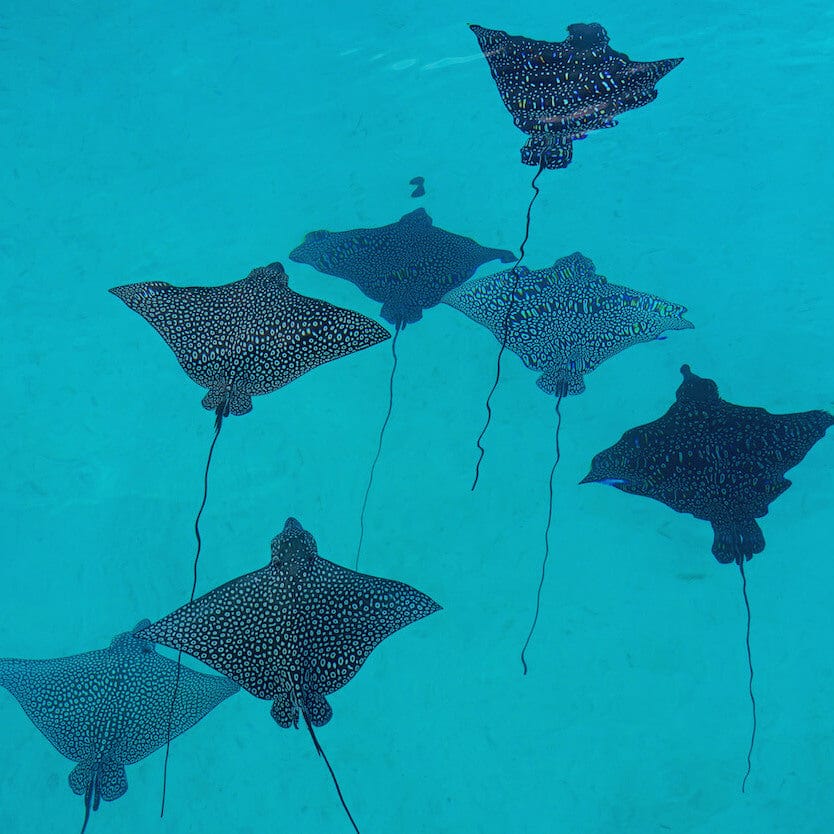

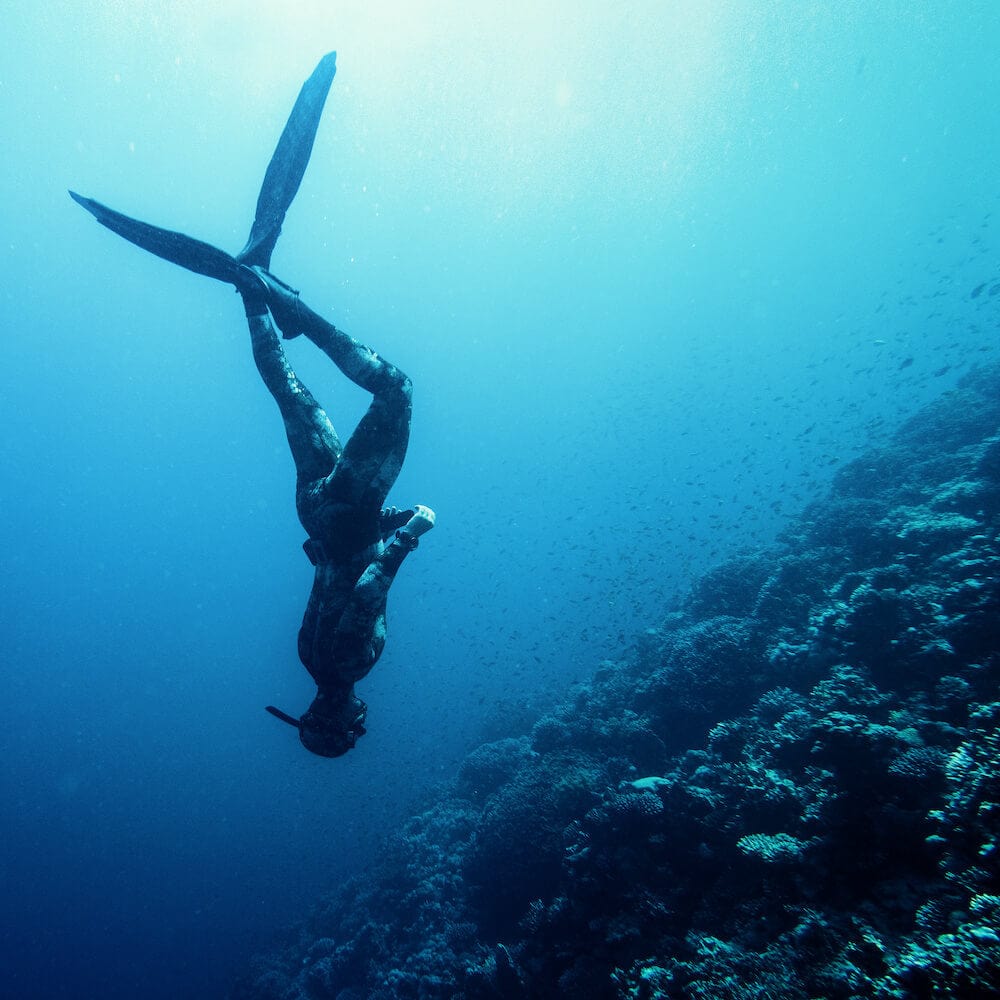

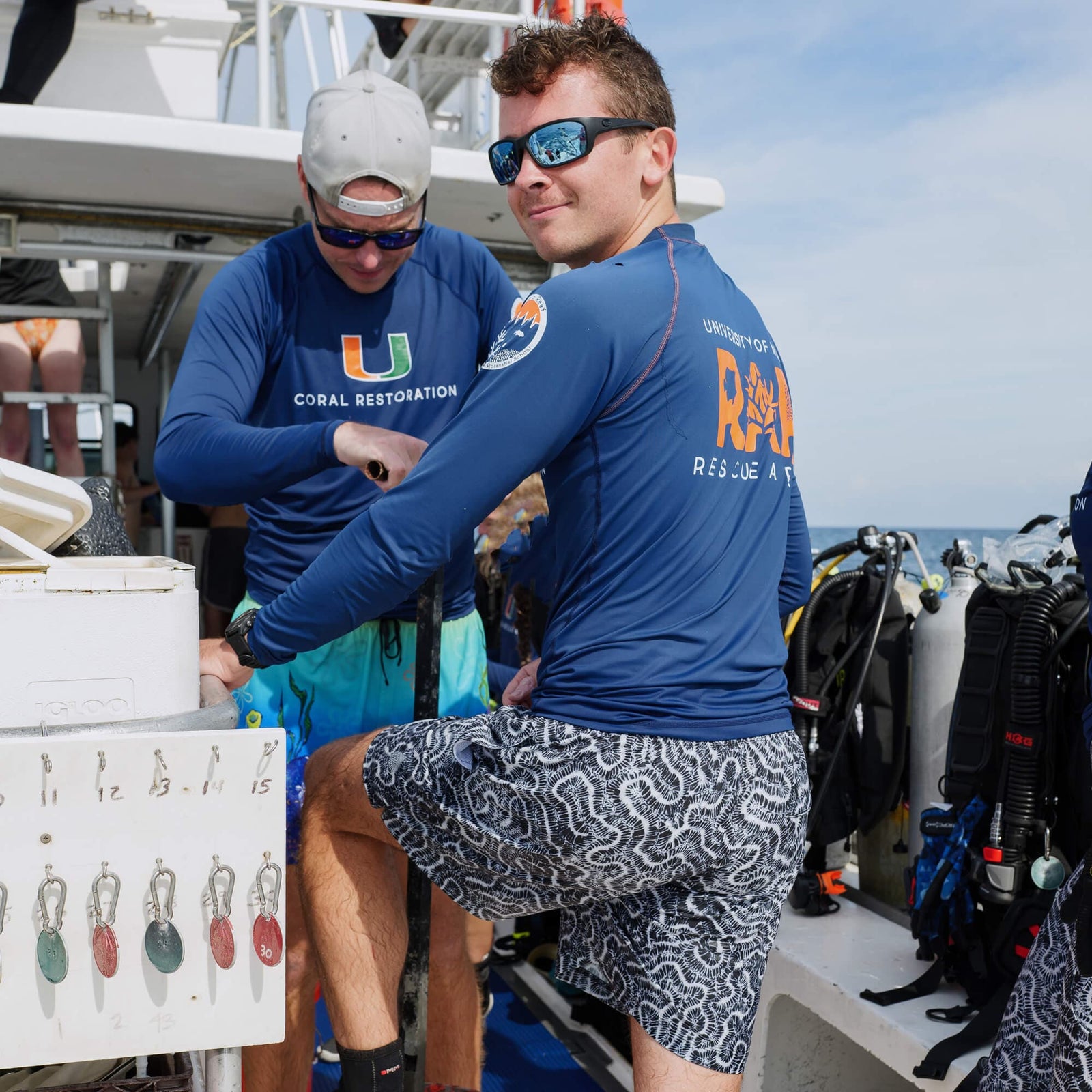
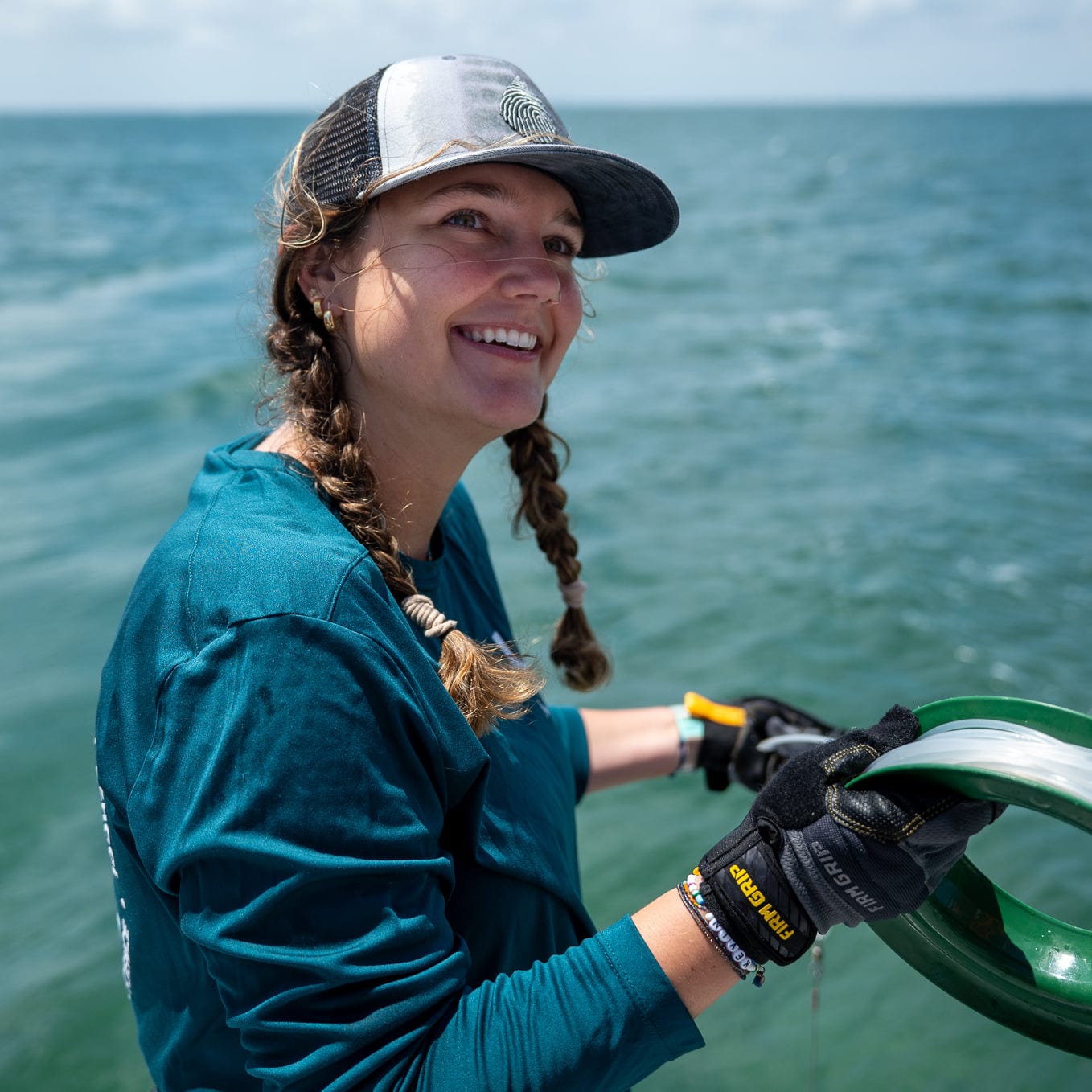

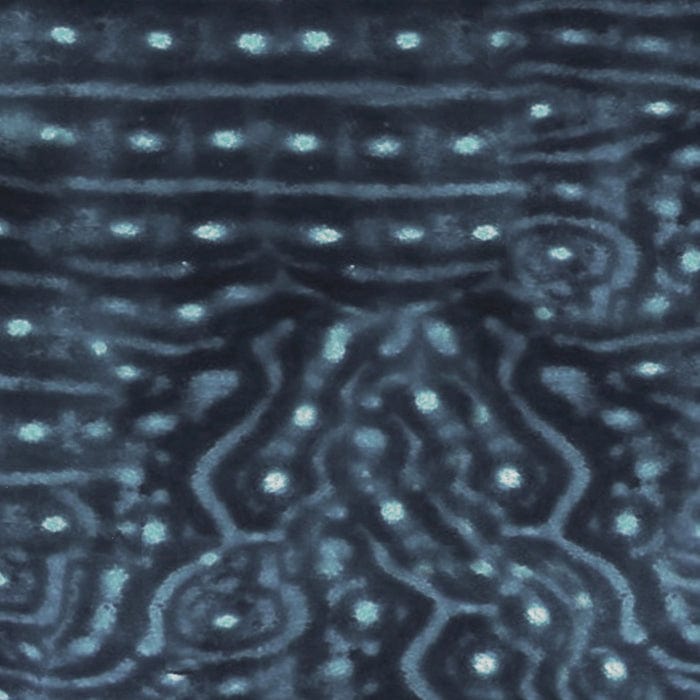
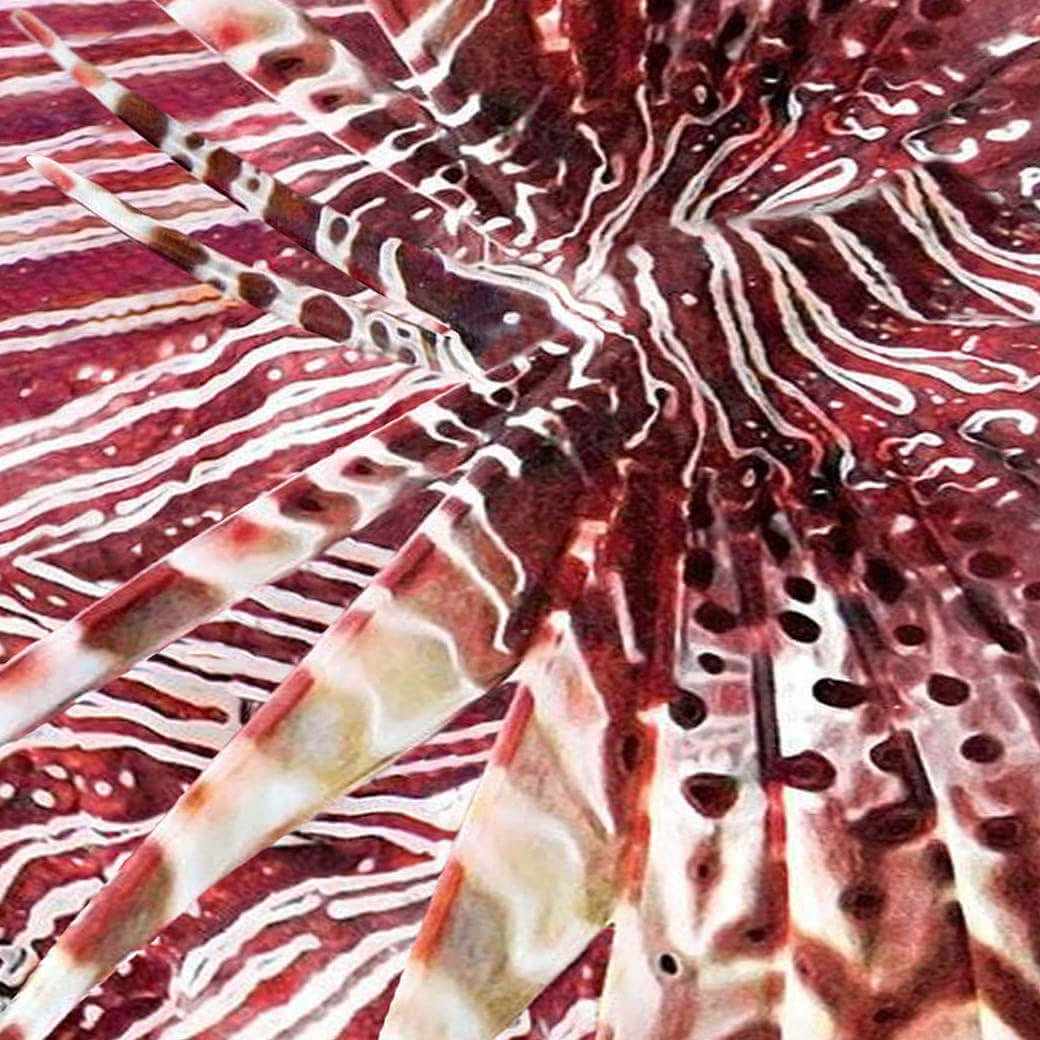
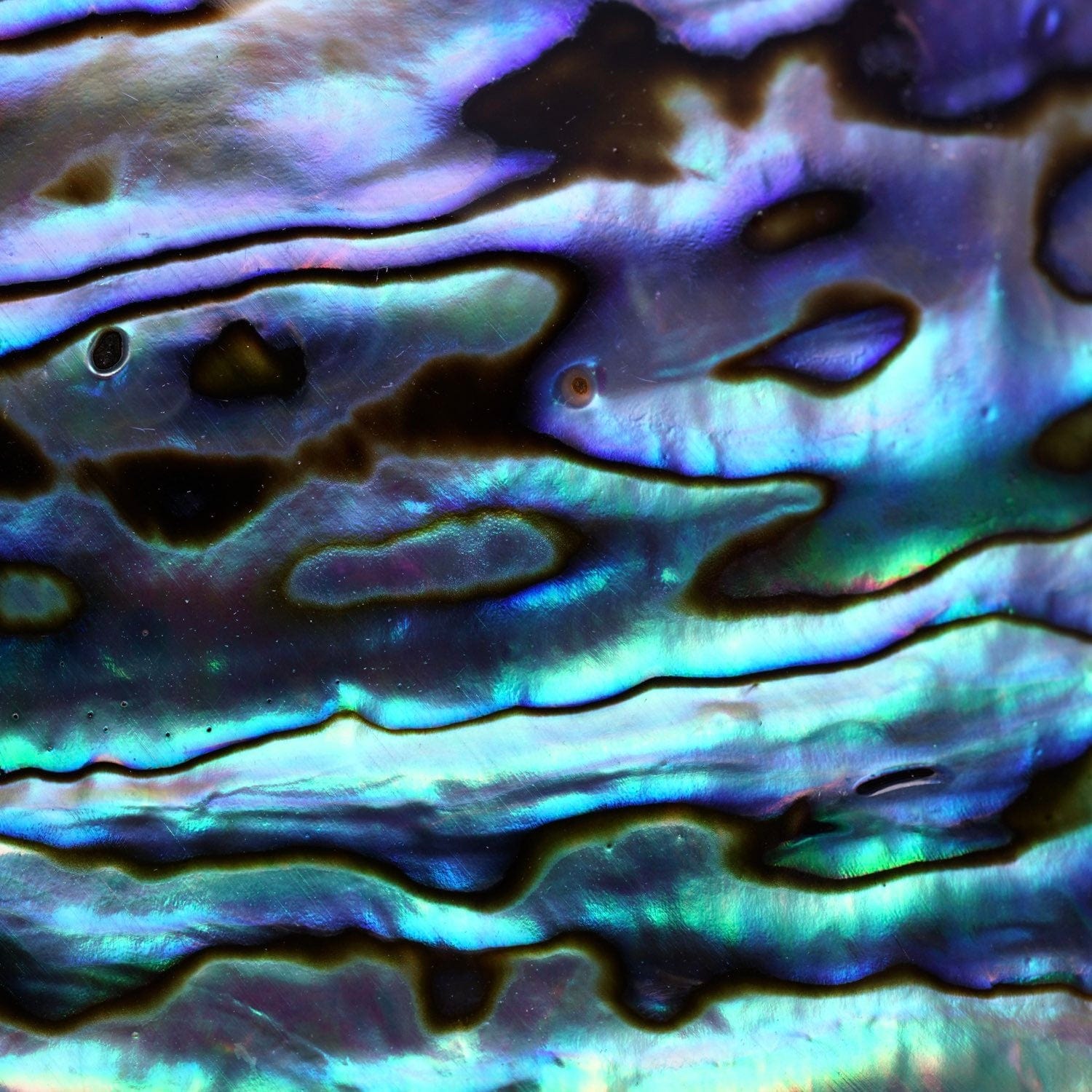

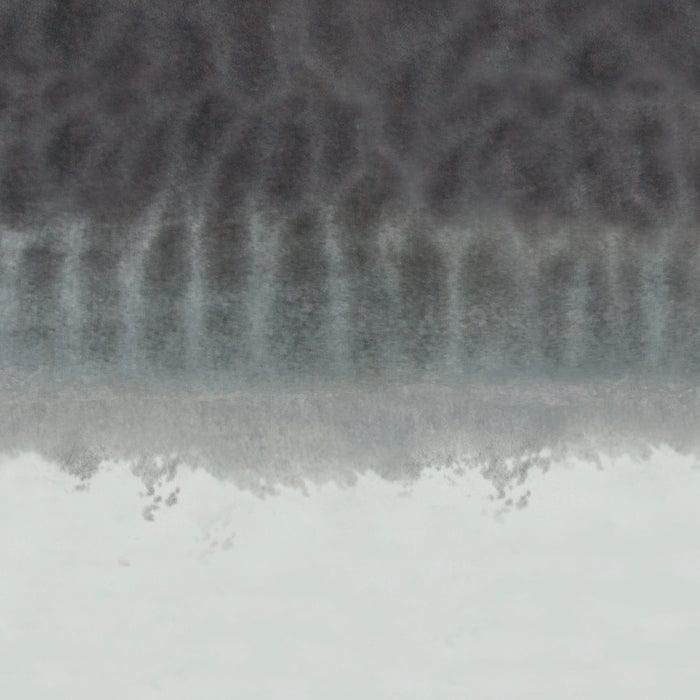


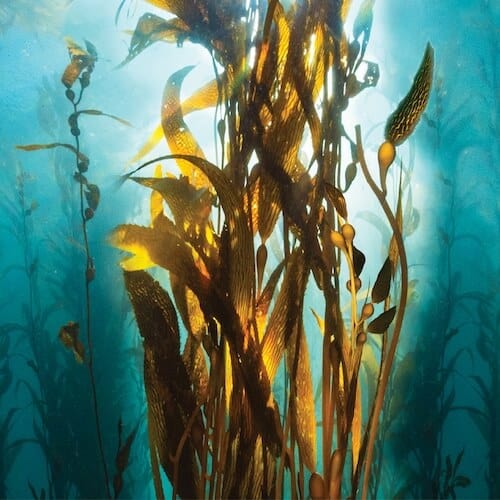
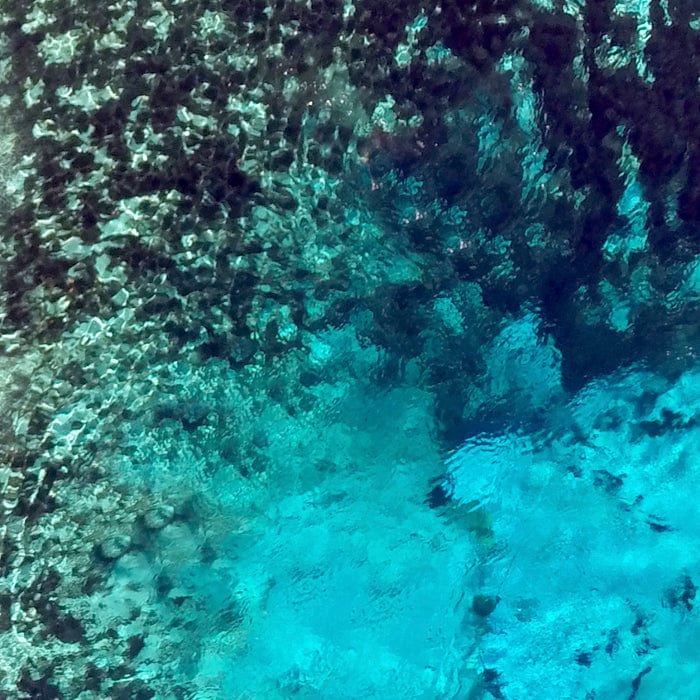
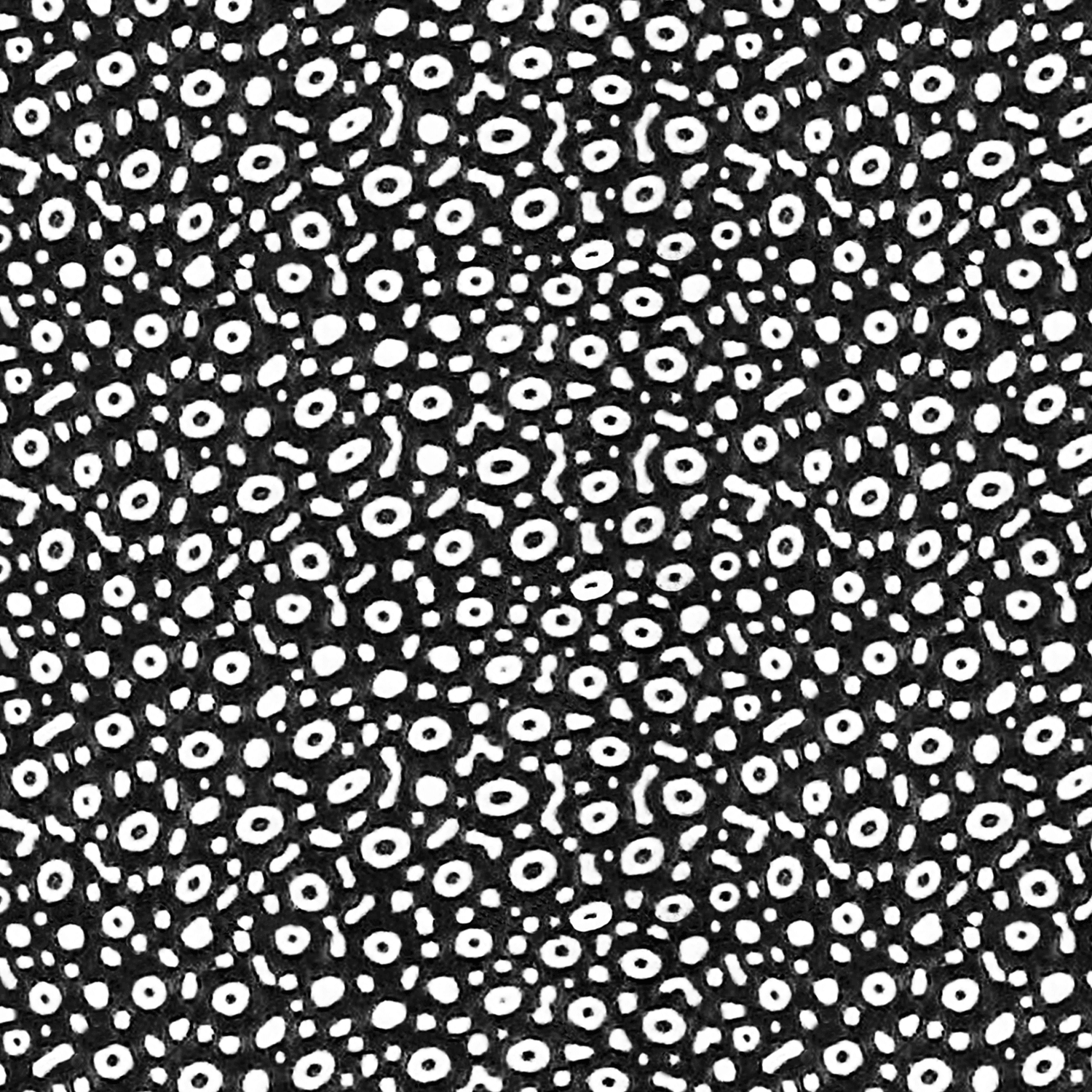
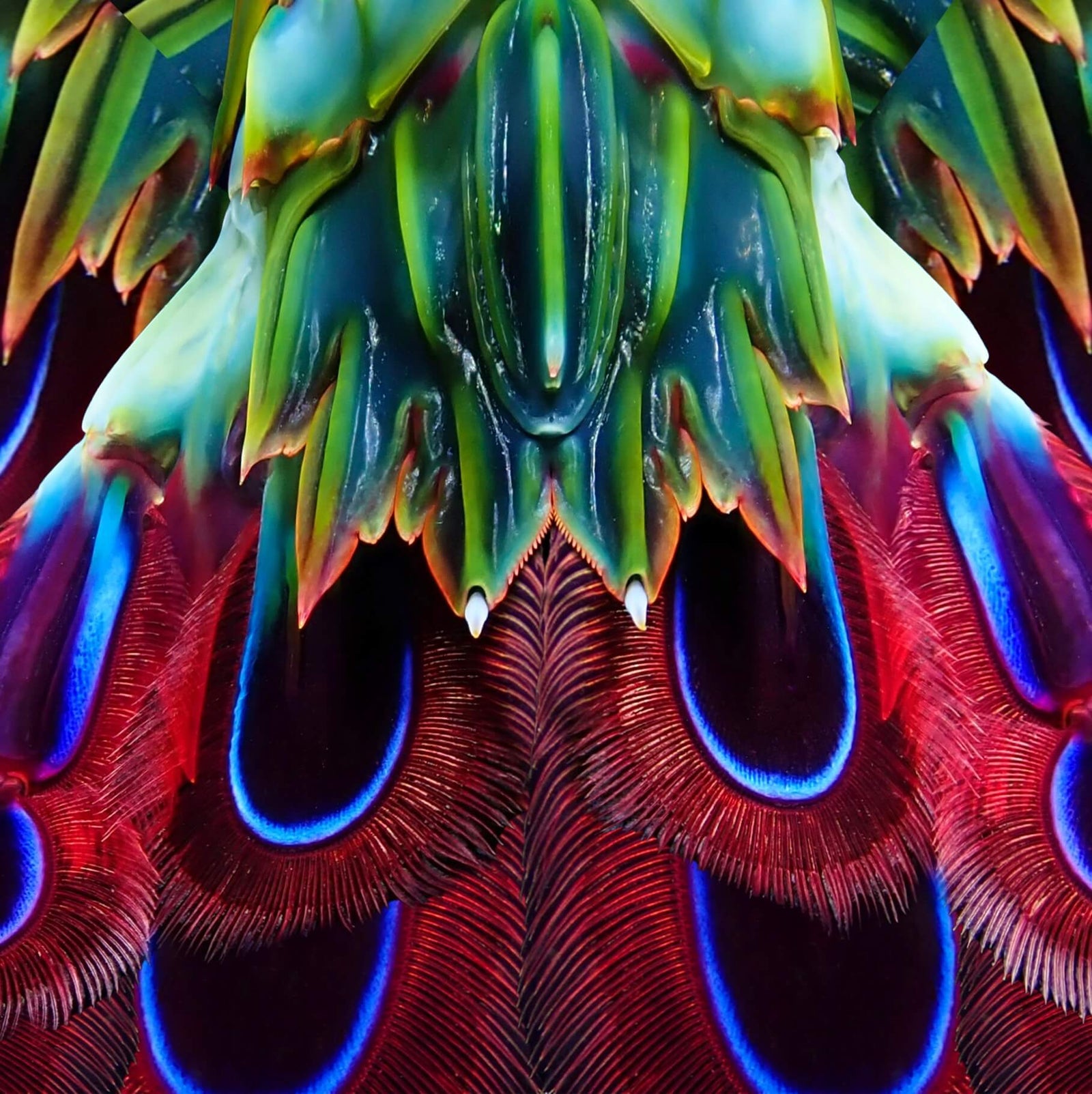


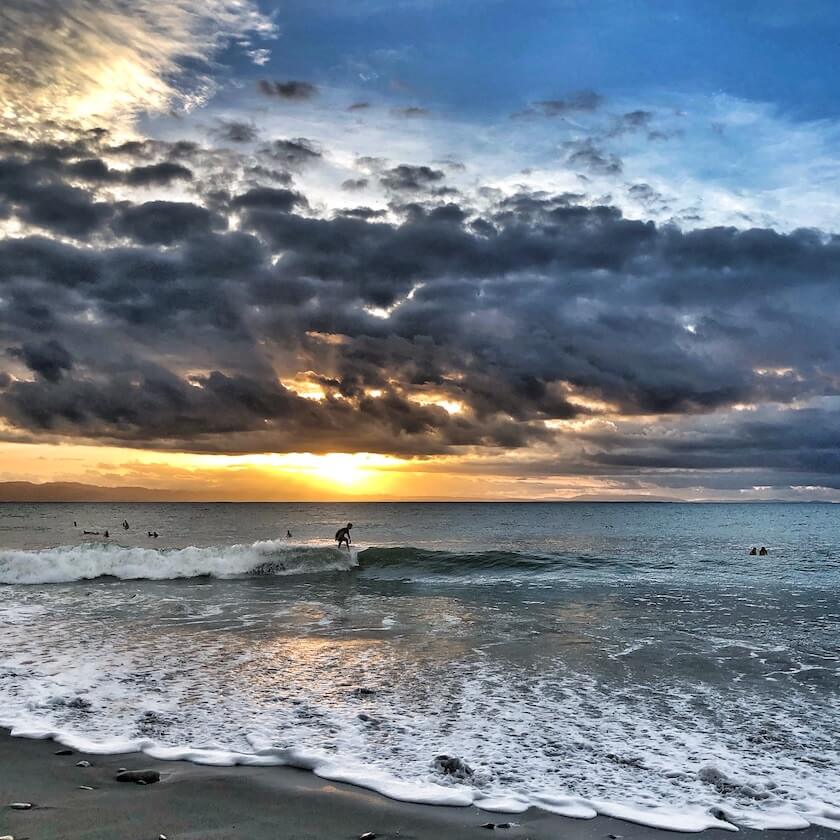
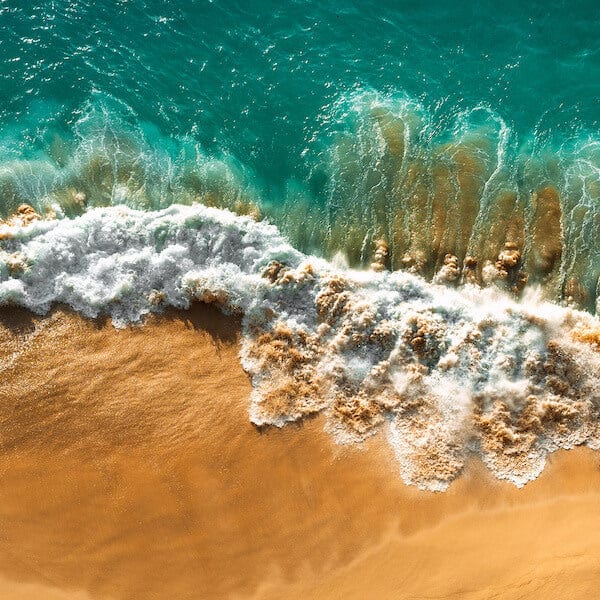
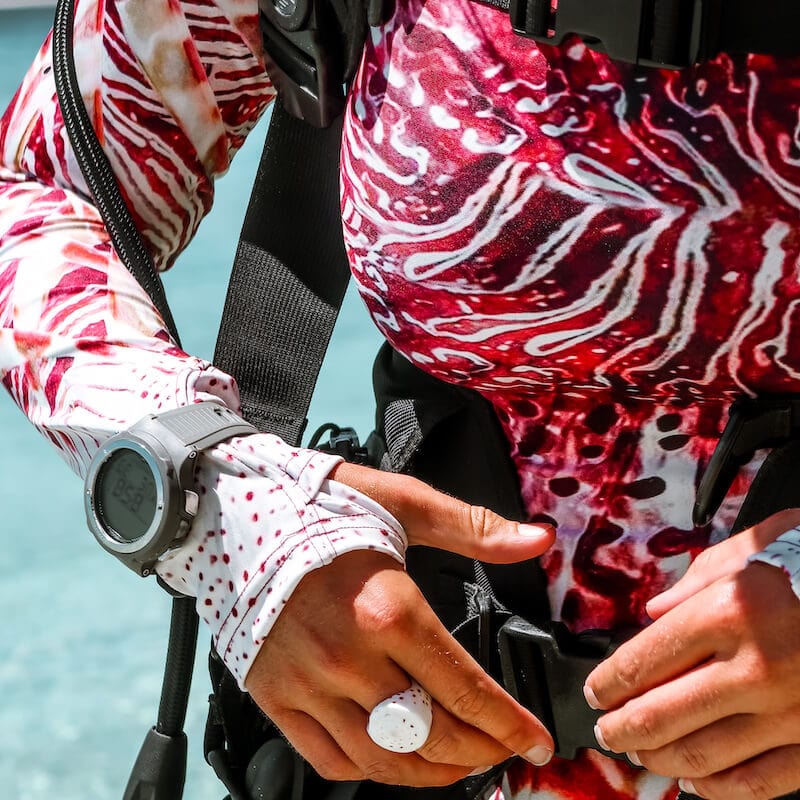
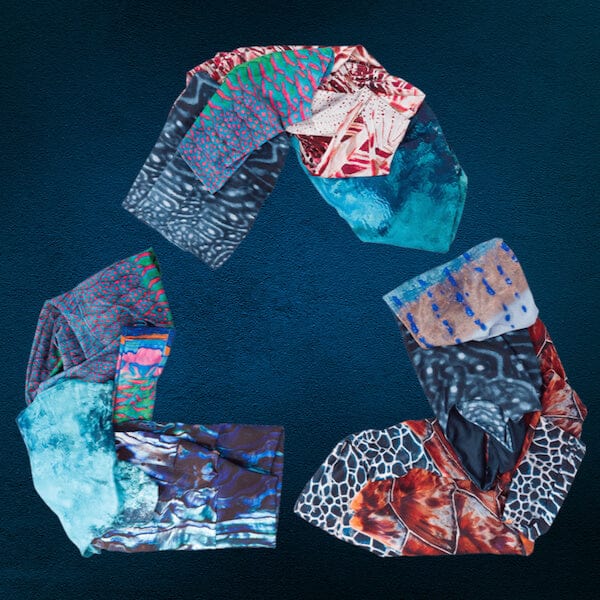
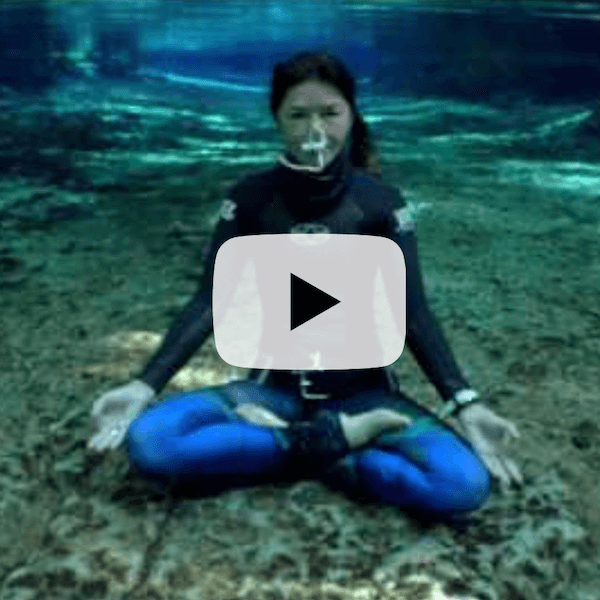
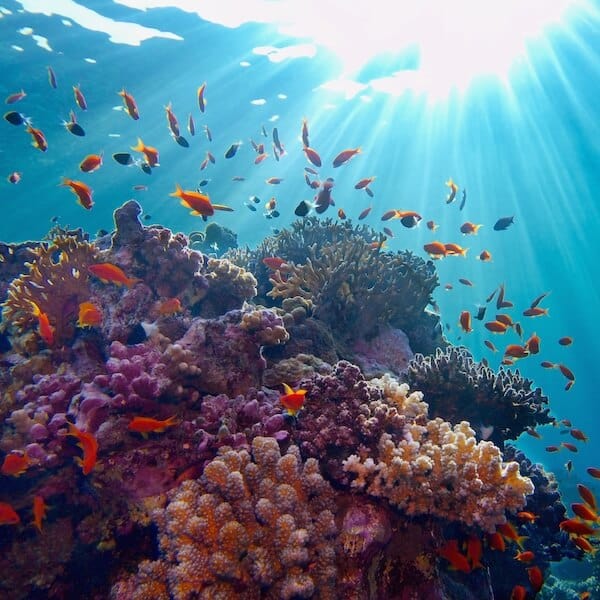
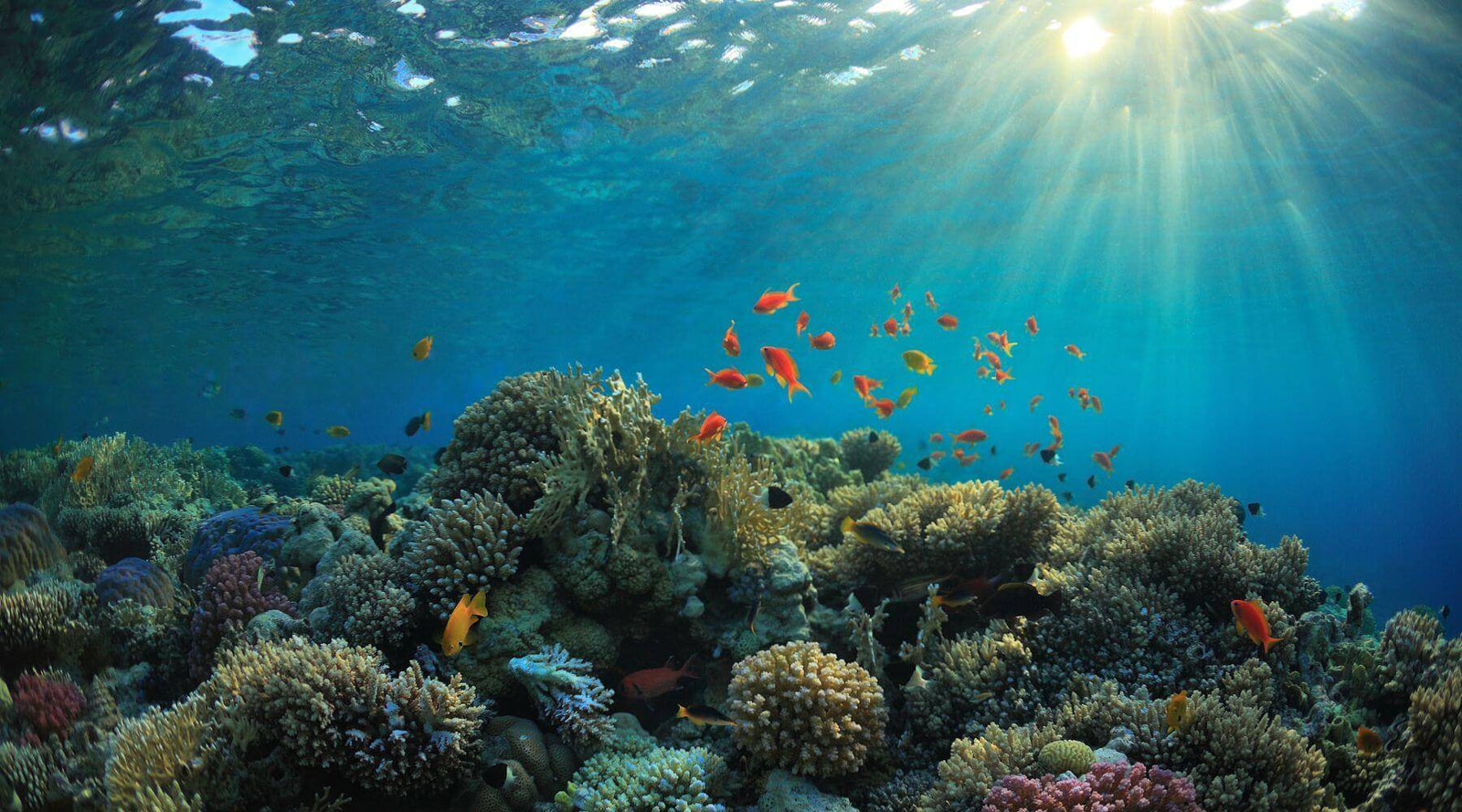
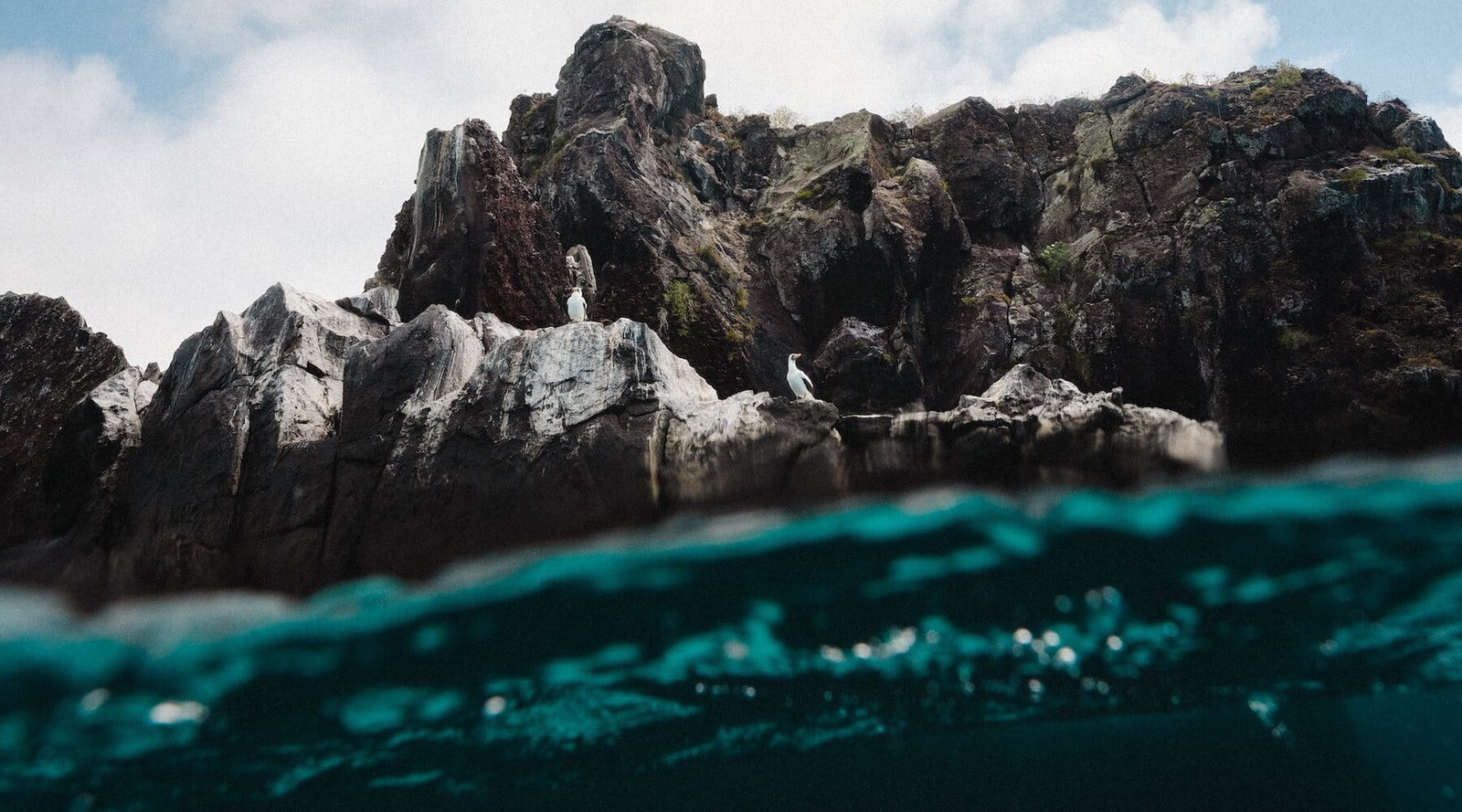
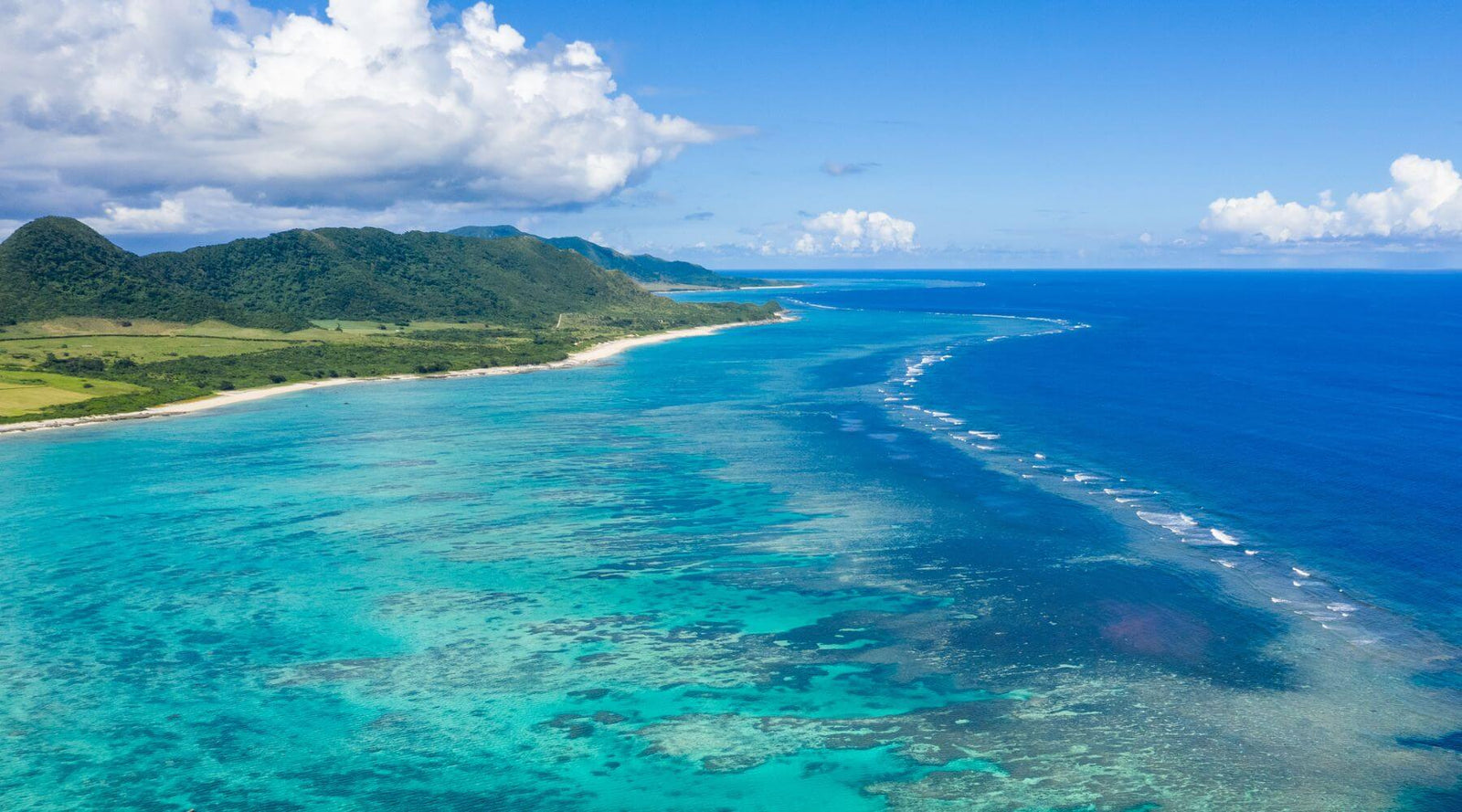
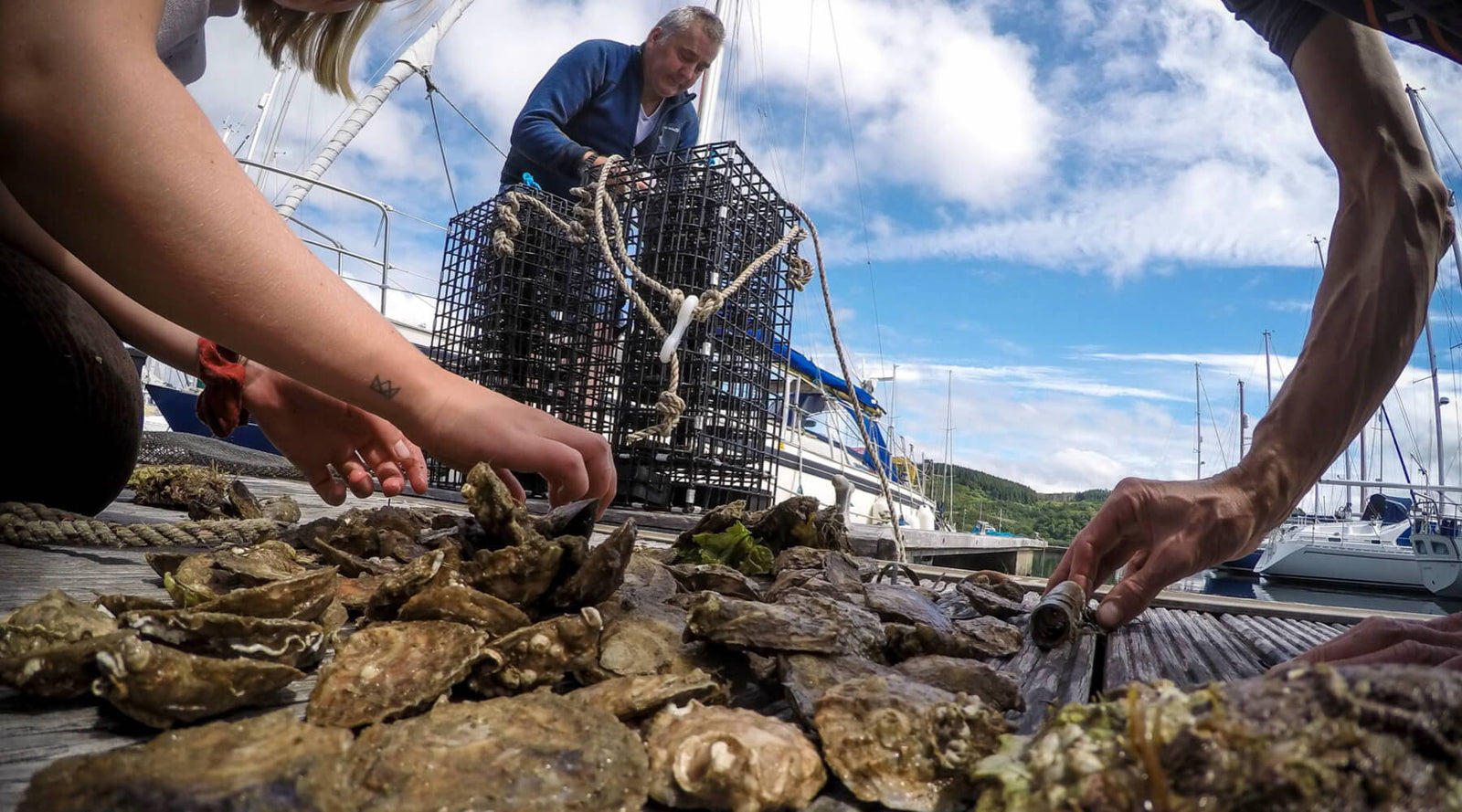
Lisa Liberman
February 01, 2023
Excellent and informative! A must read for all! Will definitely share with others! Keep doing great work Dr. Williamson.